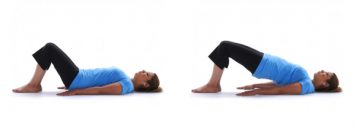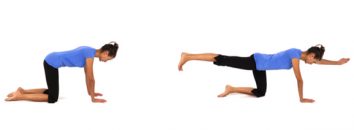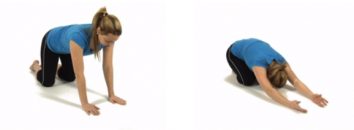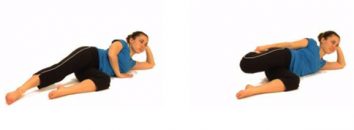With the development of many cycling trails in New Zealand and with cycling being a great form of exercise for many, it is not hard to see why cycling is a growing sport. So we’ve put together these cycling tips for you.
Cycling plays a big part in the rehabilitation of many injuries most commonly with regards to knee injuries but also for those that struggle to run or play sport like they used to. Cycling is a non-weight bearing sport and this allows people to do so without pain.
There is also the joy factor of just being on a bike and seeing the sights around our wonderful countryside!
In terms of niggles that people tend to present with relating to cycling – the lower back, hips, knee and neck seem to be the most common areas. Sometimes accidents do happen and falls off a bike might result in shoulder injuries, bruises, scraps and sometimes broken bones.
So how can you help yourself to avoid developing some of these annoying niggles and injuries?
-
Bike set up and equipment
The essential starting point! Making sure that your bike is the right size for your body and getting the correct seat height and resulting body position on the bike are very important. Being comfortable on your bike is going to make it much easier and more enjoyable to continue getting out there. Think about your shoes, saddle, handle bar width, pedal systems and overall body position on the bike.
-
Training load
This is an important element to consider for those that are new to the sport and, also to those that have been riding for a long time. Because cycling is non-weight bearing, the impact load on the soft tissues and joints is much less than say with running. This can be where people get into a little bit of trouble. People can often do too much too soon and overload themselves without having done a little conditioning work and taking time for the body to build strength and endurance on their bike. Having a simple training plan and keeping note of training rides can be a useful tool.
Knowing how to use your bike also fits into this arena. Being aware of how to use gears, brakes, how to corner, descend and change positions during climbing can be helpful to take some stress off the body. Gears is a common area that people tend to get told different things from different people. If you are new to cycling then it is better to try and work on getting used to spinning at a cadence of between 90-100rpm on the flats and somewhere in between 70-80rpm on hills. Pushing a gear that is too hard puts pressure on knees and can often lead to iliotibial band niggles.
-
Prevention is better than cure
If you are starting out in cycling it is good to have a bit of an idea of your strength and flexibility and background of previous activity levels and fitness.
Cycling is an unusual position to be in for long periods of time and like most sports it requires some work on strengthening and stretching to help keep our bodies injury free.
At Ponsonby Physio we offer a bike set up service and strengthening and stretching exercises specific to cycling and individual needs as well as helping people develop a sense of what training load is and how to monitor it.
Here are just a few examples of stretches and strengthening exercises useful for those that like to cycle.
The Glute Bridge:
Lie on your back with your knees bent. Contract and then lift your buttocks off the ground until the body is in a straight line. Slowly return to your initial position and repeat.
The Stabilisation Multifidus:
Get on your hands and knees with back in neutral position (slightly arched) and chin tucked in. Activate your core, then lift one leg backwards and the opposite arm forward. Return to the initial position and repeat with the other leg and arm.
Latissimus Dorsi Stretch:
Start on your hands and knees. Bring the buttocks on (or as close as you can) to your heels and stretch the arms out in front as far as possible with palms up. Keep your head down and aligned with your spine.
Quadriceps Stretching:
Lying on your side hold your top ankle and pull your foot towards your buttocks until you feel a gentle stretch on the front of the elevated leg. Hold the stretch, keeping your lower back neutral. Then return to the initial position.
For a full review of the right stretches, conditioning exercises and bike set-up for you, make an appointment with one of our experienced Physiotherapists. We look forward to sending you on your bike!








